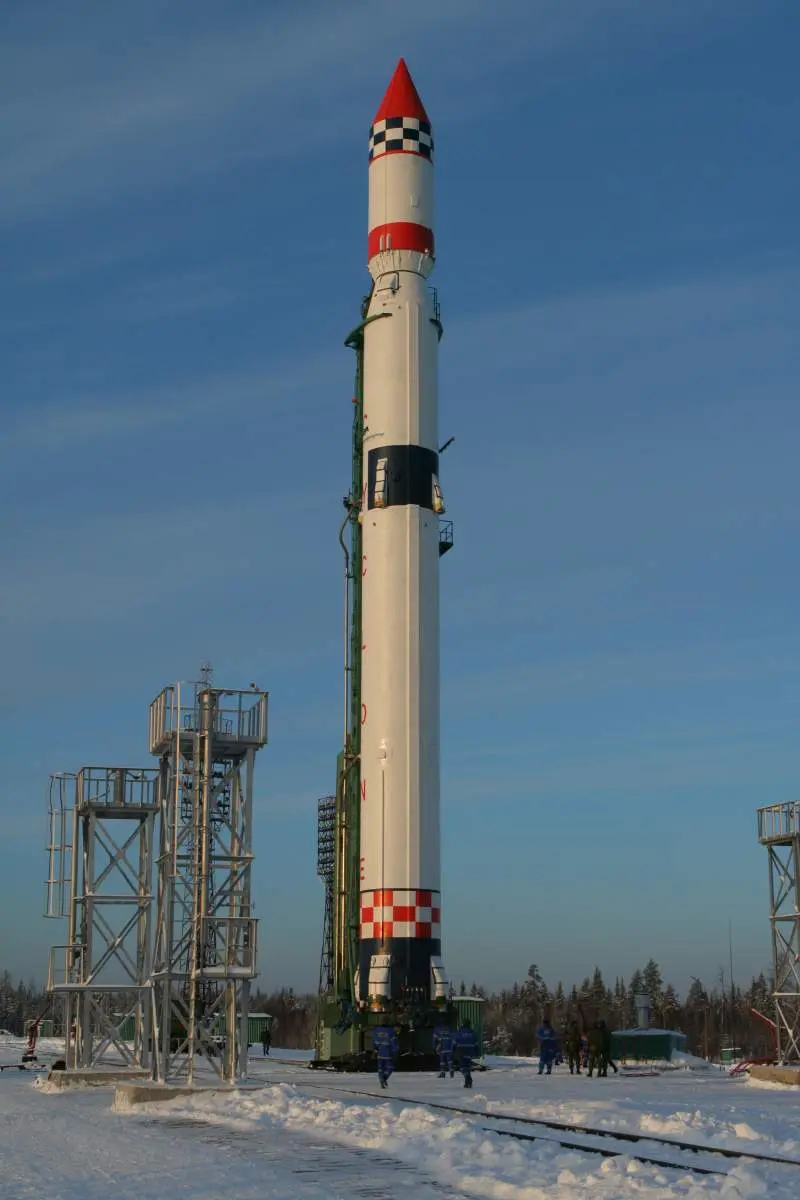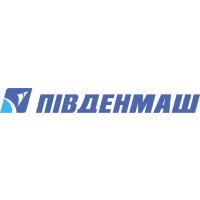Cosmos 1045, Radio 1 & 2
Launch Success
Liftoff Time (GMT)
07:00:00
Thursday October 26, 1978
Mission Details
Radio 1
Radio Sputnik 1 (RS 1), developed by the Moscow Power Engineering Institute (MEI), was one of the first two Soviet amateur radio satellites. MEI's Radio Sputnik 1 was developed in parallel with MAI's Radio Sputnik 2, with both satellites slated for a joint launch. Both satellites had a weight of 40 kg each. RS-1 and RS-2 both contained sensitive Mode A (145 MHz uplink and 29 MHz downlink) linear transponders telemetry beacon and Codestore unit similar to AMSAT-OSCAR 6. These first Russian amateur radio satellites were launched on the fifth development flight of the Tsiklon-3 launch vehicle. Transponders aboard RS-1 and RS-2 could be kept operating for only a few months before battery problems disabled both spacecraft.
Low Earth Orbit
1 Payload
40 kilograms
Cosmos 1045
Meteor is the Soviet/Russian generic name for its Low-Earth-Orbiting (LEO) meteorological satellite family which started operation in 1969, designed and developed by VNIIEM, Moscow. Prior to this series there was an experimental Cosmos series with the first orbiting meteorological satellite, Cosmos 44, which was launched on August 25, 1964, and was followed by nine analogous Cosmos satellites until 1969, when the succeeding series was officially named Meteor-1. The designations of the series Meteor-1, -2, and -3 define different payload configurations, improved spacecraft platforms, and different orbits. The Meteor-3 series is presently the most advanced payload generation and the operational series. A total of 25 Meteor-1 satellites were launched from 1969 to 1977. The Meteor-2 series came into use in 1975. The Meteor-2 series spacecraft had a launch mass of 1300 kg. The system comprises two to three satellites continuously operating in near polar orbit with an average altitude of 900 km. The on-board instrument package includes three television-type (frame technique) VIS and IR scanners, a five-channel scanning radiometer and a radiometer (RMK) for measuring radiation flux densities in the near-Earth space (see sensor definition of Meteor-3 series).
Low Earth Orbit
1 Payload
1,300 kilograms
Radio 2
Radio Sputnik 2 (RS 2), developed by the Moscow Aviation Institute (MAI), was one of the first two Soviet amateur radio satellites. MEI's Radio Sputnik 1 was developed in parallel with MAI's Radio Sputnik 2, with both satellites slated for a joint launch. Both satellites had a weight of 40 kg each. RS-1 and RS-2 both contained sensitive Mode A (145 MHz uplink and 29 MHz downlink) linear transponders telemetry beacon and Codestore unit similar to AMSAT-OSCAR 6. These first Russian amateur radio satellites were launched on the fifth development flight of the Tsiklon-3 launch vehicle. Transponders aboard RS-1 and RS-2 could be kept operating for only a few months before battery problems disabled both spacecraft.
Low Earth Orbit
1 Payload
40 kilograms
Launch Site
Stats
Tsyklon-3
5th
Mission
2nd
Mission of 1978
Yuzhmash
1263rd
Mission
72nd
Mission of 1978
1978
104th
Orbital launch attempt

